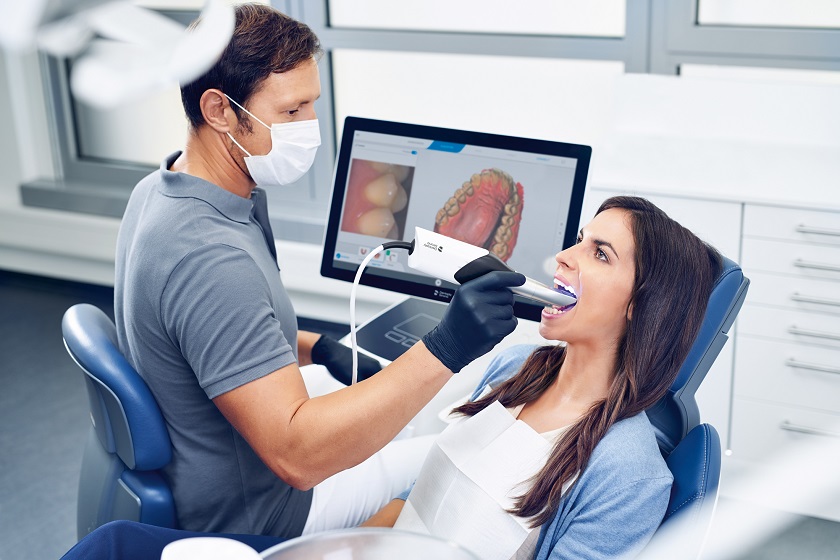If you’re in the market for a new intraoral scanner, you’re probably wondering which ones are the best. The good news is that there are many options available. With so many different options, it should be easy to find the right one for your needs. Here are the benefits of each type of device. First, let’s talk about the advantages. These tools are great for creating digital models. Another benefit is that you’ll be able to save and edit the images once they’ve been taken.
Less invasive
Intraoral scanners have many advantages over conventional methods. One major benefit is the fact that it’s less invasive. Unlike with traditional methods, intraoral digital scanning does not require the patient to open his or her mouth wide, and the material used to make the mold is not sticky. In addition, there is no mess or unpleasant taste associated with it, so it makes it easier to share the files among care providers. With an intraoral scanner, you can see the results instantly.
Intraoral scanners have been available for several years. They’ve been around for decades, and dentists are finally catching up. With improvements and new features, intraoral scanners are helping dentists improve patient education, esthetic quality, and overall chair time. CAD/CAM technology has also improved efficiency and streamlined care. It’s essential for dentists to be aware of the latest developments in the dental industry.
The first generation of Intraoral Scanning (IOS) requires opacization or powder, but more recent devices don’t. It is important to consider your needs and preferences before purchasing an intraoral scanner, as some scanners are not suitable for every patient. Moreover, using powder is uncomfortable for patients, and opacization techniques are complex and error-prone. Therefore, it’s better to choose an intraoral scanner without opacification.
Patients’ oral health
A 3d intraoral scanner is a machine that allows doctors to view 3-D models of the patient’s teeth. It also gives them a better understanding of their patients’ oral health. The machine has the potential to detect cavities in your patients, which can be harmful to your health. And since the machine can record a 3-D model of your teeth, it’s much more accurate than using a traditional radiographic technique. So, consider investing in an intraoral scanner that allows you to see the same image in three dimensions.
When choosing an intraoral scanner, look for its accuracy. An intraoral scanner can provide more accurate images than traditional impression materials. However, it’s important to choose a scanner that offers high-quality, accurate images of your teeth. For instance, an affordable and reliable intraoral scanner can help you save money on treatment. When choosing an intraoral scanner, be sure to choose one with a high resolution. In the end, you’ll be glad you did!
Expensive
The design of an intraoral scanner can be a key consideration for your practice. Some models are more complicated than others, and some may be too expensive. Regardless of which type you choose, there are some features you should keep in mind. A good intraoral scanner should be able to provide high-quality images of your patients’ teeth and gums. This can help you determine the cause of a tooth’s decay or damage and make a plan for treatment.
Also read about hyperbaric chamber for animals.
Benefits
An intraoral scanner is highly accurate and has many benefits. It produces accurate images of the entire oral cavity and offers more details than traditional impression materials. Its short turnaround time and high-quality 3D image outputs make it a popular choice among dental clinics. A good scanner will provide the highest level of accuracy. A good system will also have the lowest price. Its accuracy will allow you to make the best decisions for your practice.

